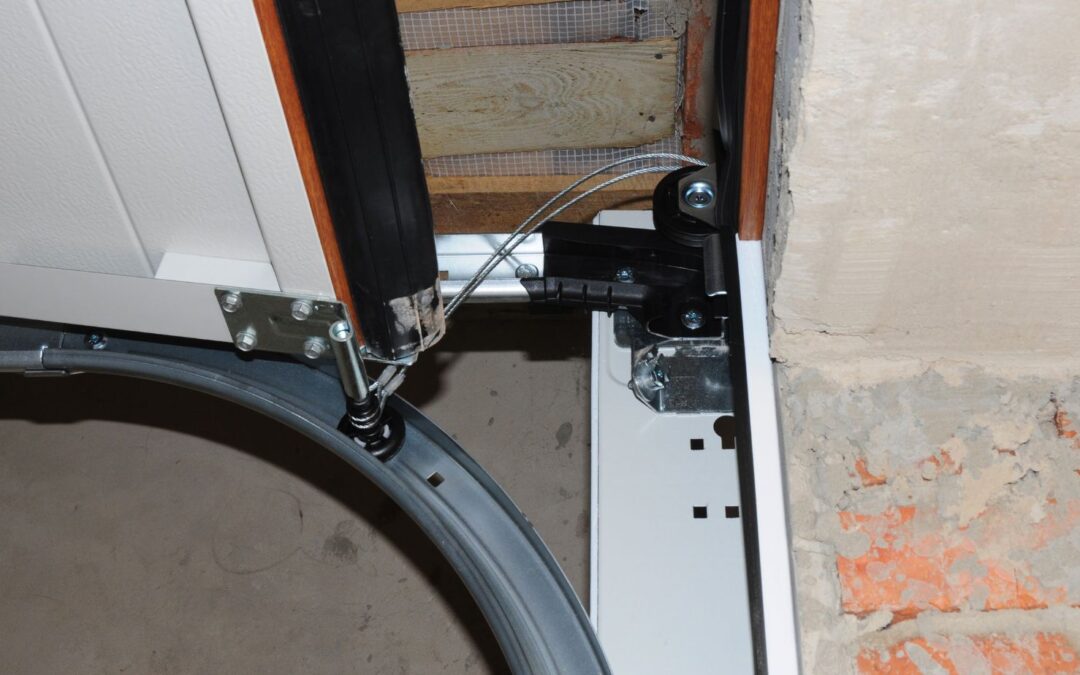Garage door springs are essential components of your garage door system, playing a crucial role in counterbalancing the weight of the door and facilitating smooth opening and closing. Over time, however, garage door springs can wear out or break, leading to potential safety hazards and issues with door operation. Understanding the lifespan of garage door springs and knowing when to replace them is essential for maintaining the safety and functionality of your garage door. Typically, garage door springs have a lifespan of about 7 to 12 years, depending on various factors such as usage, environmental conditions, and maintenance practices. In this blog post, we’ll explore how often you should replace your garage door springs and discuss important considerations to ensure the safety and reliability of your garage door system.
Understanding Garage Door Springs
Garage door springs come in two main types: torsion springs and extension springs. Torsion springs are mounted above the garage door and use torque to lift and lower the door. Extension springs, on the other hand, are located on either side of the door and stretch and contract to facilitate movement. Both types of springs are subject to wear and tear over time, particularly with frequent use and exposure to environmental elements. Regular maintenance and inspection of garage door springs are essential for detecting signs of wear or damage and addressing them promptly to prevent safety hazards or disruptions in door operation. By understanding the role of garage door springs and being proactive about maintenance, homeowners can extend the lifespan of their springs and ensure the continued functionality of their garage door system.
Signs Your Garage Door Springs Need Replacement
There are several common signs that indicate your garage door springs may need replacement. Visual cues such as rust on the springs, gaps between coils, or physical damage are indicators of wear and potential failure. Additionally, performance issues such as difficulty opening or closing the door, uneven movement, or excessive noise during operation may signal worn or damaged springs. It’s essential to address these signs promptly to prevent further damage to the door and ensure the safety of your family and property. Regular inspection of your garage door springs can help you identify these signs early and schedule replacement before a catastrophic failure occurs. By being proactive about maintenance and addressing issues promptly, you can avoid costly repairs and ensure the continued reliability of your garage door system.
Factors Affecting Garage Door Spring Lifespan

Several factors can affect the lifespan of your garage door springs, including environmental conditions, frequency of use, and the quality of installation and maintenance practices. Temperature fluctuations, humidity levels, and exposure to the elements can accelerate wear and corrosion, reducing the lifespan of your springs. Likewise, frequent use of the garage door, such as daily cycles or heavy usage, can put additional strain on the springs and contribute to wear and tear. Quality installation and regular maintenance, such as lubrication and adjustment, can help extend the lifespan of your garage door springs and ensure optimal performance. However, it’s essential to monitor for signs of wear and address them promptly to prevent safety hazards and avoid costly repairs in the future.
Recommended Replacement Schedule
While the lifespan of garage door springs can vary depending on various factors, it’s generally recommended to replace them every 7 to 12 years as a preventive measure. However, homeowners should also consider factors such as environmental conditions, usage patterns, and the quality of installation and maintenance when determining the appropriate replacement schedule. Regular maintenance and inspection of garage door springs can help identify signs of wear or damage early and prevent safety hazards or disruptions in door operation. It’s essential to consult with a professional garage door technician to assess the condition of your springs and determine the best course of action for replacement. By following recommended maintenance practices and scheduling regular inspections, homeowners can ensure the continued safety and functionality of their garage door system.
In conclusion, knowing how often to replace your garage door springs is crucial for maintaining the safety and reliability of your garage door system. By understanding the lifespan of garage door springs and being proactive about maintenance and inspection, homeowners can prevent safety hazards and avoid costly repairs. If you’re experiencing issues with your garage door springs or need assistance with maintenance or replacement, don’t hesitate to contact Garage Worx of Houston. With their expertise and experience, they can help you ensure the continued safety and functionality of your garage door system. Don’t wait until it’s too late – schedule a maintenance appointment today and enjoy peace of mind knowing your garage door is in good hands.

